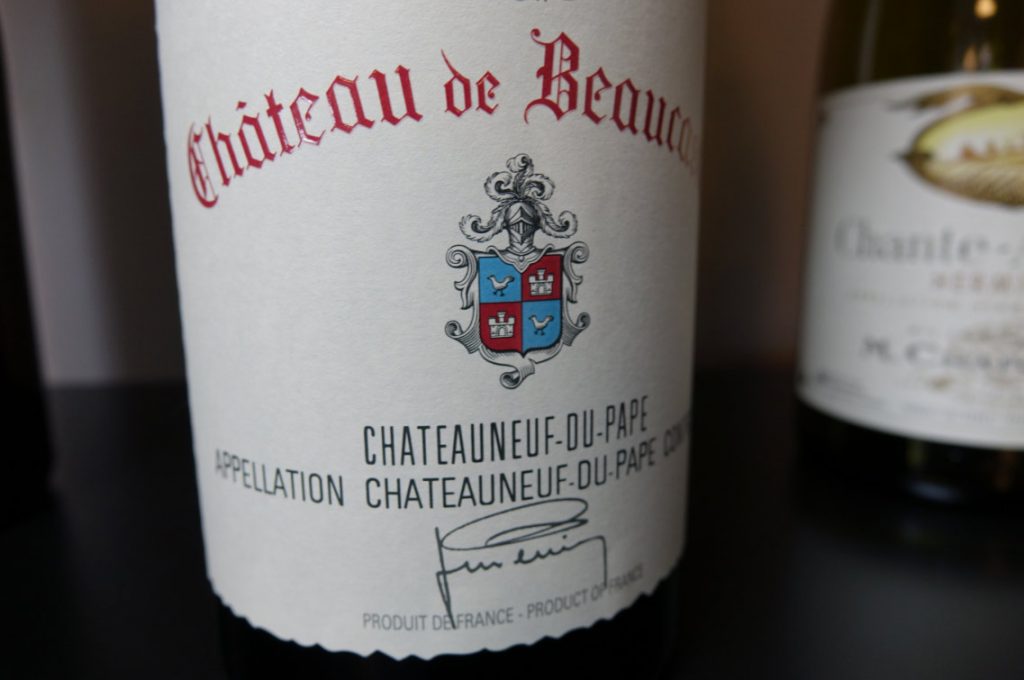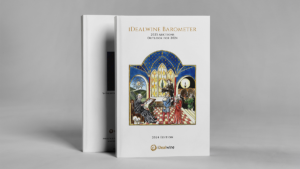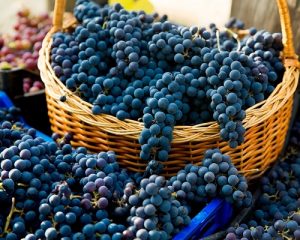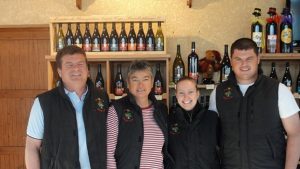 The French Appellation d’Origine Controlée (AOC) system was created by the Institut National de l’Origine et de la Qualité (previously the Institut National des Appellations d’Origine – INAO) in 1935 with the mission to set certain standards within wine. 83 years later and this same system is still in place but often finds itself the subject of intense criticism. Everyone secretly wishes they fully understood this (sometimes complex and headache inducing) system. iDealwine are on hand to give a helpful overview but a glass of wine while reading wouldn’t go amiss!
The French Appellation d’Origine Controlée (AOC) system was created by the Institut National de l’Origine et de la Qualité (previously the Institut National des Appellations d’Origine – INAO) in 1935 with the mission to set certain standards within wine. 83 years later and this same system is still in place but often finds itself the subject of intense criticism. Everyone secretly wishes they fully understood this (sometimes complex and headache inducing) system. iDealwine are on hand to give a helpful overview but a glass of wine while reading wouldn’t go amiss!
“How do you a govern a country with 258 different varieties of cheese?”. Charles de Gaulles could have easily replaced “cheese” with “wine” as his country as has 300 designated wine appellations, a hundred of which are in Burgundy alone! The appellations we are referring to here are Appellations d’Origine Controlée*, designations that appear on wine bottle labels with the objective of guaranteeing the origin and quality of a wine. They also exist for other food products such as cheese, butter and meat. 60% of French wines are designated under an AOC and they account for 80% of all turnover in the industry.
The AOC system was adopted in the 1930s at a time when French viticulture was in desperate need of regulation. Before this time, no legal framework was in place to protect winemakers or condemn unfair practices. The senator of Gironde at the time, Joseph Capus, took the matter into his own hands. As a former minister of agriculture and an expert in vine diseases he was apt for the job and on 30th July 1935, Joseph Capus established by Decree-Law the Comité National des Appellations d’Origine des Vins et Eaux-de-vie, a committee that became the INAO in 1947. Its mission was to manage the recognition and defence of the AOCs in the neocorporatist spirit so prevalent at the time. The members of the committee included delegates of ministries who consulted with wine professionals. On 15th May 1936, the first laws were passed and Arbois, Cassis, Châteauneuf-du-Pape, Monbazillac and Tavel became France’s first AOCs.
The AOC system obliges winemakers to adhere to a rigorous set of clearly defined standards that are laid out in what is known as the cahier des charges, a document that specifies all the rules recognised by the decree. The idea behind the cahier des charges is to protect the French concept of terroir, that is a wine’s sense of place based on the local climate, soil and aspect as well as the cultural element of the winemaking tradition in the area. The AOC system will thus enforce such rules as only allowing grapes from the local area to be used in vinifications but often the cahier des charges goes much further, specifying precise and strict yield limitations, grape varieties and even winemaking methods. The goal is to defend the character and quality of wines from different regions to guarantee that the difference between a Bandol and a Chinon will always be more evident than that between a Coca-Cola and a Pepsi.
The AOCs might be complicated and restrictive but there are benefits to this system. Appellations have consolidated the prestige of French wines for decades on a truly international scale, protecting the France’s wine savoir-faire. The French concept of AOCs also inspired other countries to follow suit and soon a legal framework to cover the European Union was set up to harmonise all the different geographical indications and create the single AOP (AOC)*. The New World is gradually adopting the same model although appellation regulations here remain far less restrictive.
But here’s the rub: these signs of quality enforced by the AOCs are often accused of being a dissatisfactory guarantee of quality! As more and more AOCS were created over the years, certain became somewhat lax in their standards. Declassifying a wine makes it very difficult for the winemaker to sell their wine amid all the competition and can have devastating effects. Juries in small towns will often choose to protect their neighbours from such financial hardship. The consequence being, however, that wines not necessarily worthy of an AOC are classified nonetheless. Certain organisations are accused of imposing no rules on the use of pesticides, chaptalisation, yeast or sulphur. A guilty silence from a system in place to defend origin and, above all, quality.
The other flaw of the AOC system is the standardisation of wine that it encourages. Under the guise of defending a wine’s specificity, talented winemakers who want to free themselves of the constraints of the cahier des charges find they must market their wines as Vin de France (IGP). Some famous examples of this include the wines of Jacky Blot (Domaine de la Taille aux Loups) and François Chidaine in Vouvray.
Generally, it is the rigidity of the AOC system, it’s opposition to change that is its greatest downfall. Amending a cahier des charges is a lengthy and costly process and since an AOC can bring together a colossal number of winemakers (the La Romanée appellation may only consist of 85 ares but the Côtes-du-Rhône spans 70,000 hectares!). Nonetheless, some AOCs have proved that it is possible to develop to create a more flexible framework. Cairanne recently made drastic modifications to its cahier des charges including obligatory manual harvesting, a ban on weeding and revised limits on sulphur. This is proof that it is possibly to evolve the AOC system, created with the best of intentions but that must address some its flaws.
*The term AOC was officially changed to AOP (Appellation d’Origine Protégée) in 2009 to bring the regulatory framework into line with the international standards adopted by the World Trade Organisation for geographical indication. The Vin de Pays designation was also changed to IGP (Indication Géographique Protegée), and this is the category below the more renowned AOC designation with less stringent rules but a step up from Vin de France, the lowest designation. However, the term AOC seems to have stuck and it is rarely referred to as AOP. Vin de Pays and IGP are used interchangeably in conversation but bear in mind that they refer to the same designation.
See all wines currently on sale
Not yet registered to buy wines with us? Sign up here for free!
Other things to read on the iDealwine blog:
Bordeaux wines now contain three times fewer pesticides than less than 4 years ago
Understanding sulphites in wine
A guide to the wines of Burgundy: what on earth is a climat?



